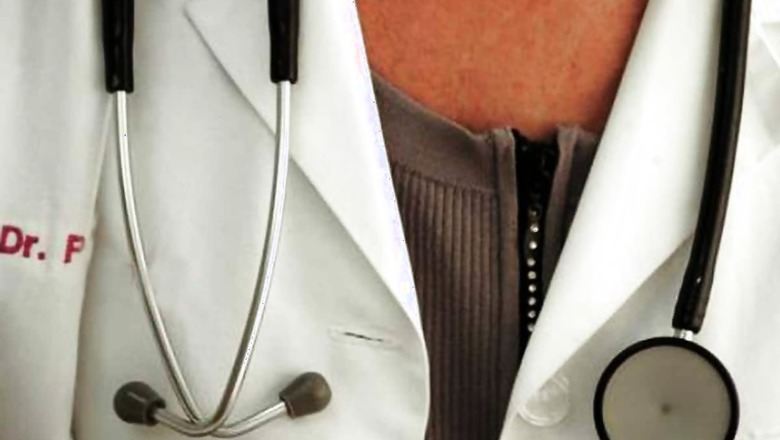
views
Raynaud’s can be of two types, primary and secondary. Primary Raynaud’s Phenomenon (PRP) is a condition that makes certain body parts numb and cold, mostly in response to cold temperature. This happens when the arteries (blood vessels that carry blood from the heart to parts of the body) get constricted in response to cold weather, resulting in restricted blood flow. It is self-limiting (resolves without any treatment) and not a severe condition.
Secondary Raynaud’s Phenomenon (SRP) also affects the blood vessels in one’s extremities but is caused by an underlying health condition, especially connective tissue diseases. This is more severe than the PRP; however, it has a rare occurrence rate.
Causes of Raynaud?s phenomenon
PRP, the more common Raynaud’s disease, is usually triggered by cold temperatures, such as exposure to freezing wind/weather or direct skin contact to cold objects. It is commonly experienced during the winter season. Sometimes, this can also be induced if someone is emotionally stressed.
SRP is usually secondary to underlying medical conditions or lifestyle habits that affect your blood vessels. It mostly occurs after the age of 35 years. Autoimmune diseases such as scleroderma, lupus, rheumatoid arthritis or Sjogren’s syndrome are known to trigger this condition. Certain heart conditions, such as atherosclerosis or a high level of blood cholesterol, may also cause SRP.
Risk factors
As per an observational study published in the BMJ, it was found that Raynaud’s disease is more common in women. However, there are other risk factors also associated with this condition, some of which are listed below:
- Smoking
- Working with hand tools/instruments that emit vibrations
- Suffering from carpal tunnel syndrome
- Consumption of certain medicines such as antihypertensives (beta-blockers and amphetamines), antidepressants or cancer-treating medications
- Touching or working with freezing objects or frostbite
- Youngers adults within the age group of 15 to 25 years
Symptoms
The symptoms with PRP are generally mild. On the other hand, SRP can be severe, causing skin sores and gangrene. The symptoms are locally manifested. Fingers, extremities (legs and hands) are mostly affected; however, some people may also observe this in their ears, noses, lips, and nipples.
The predominant symptoms include:
- Numbness
- Skin becoming cold to touch
- Pain
- Tingling or pricking sensation
- Difficulty in the movement of the affected area(s)
In severe cases, the affected area can turn pale or a lighter color. The affected skin area may also turn bluish because of a lack of oxygen supply. This can result in skin sores or gangrene, demanding immediate medical intervention.
A single episode of this condition may last from a few minutes to a few hours, depending on the time it takes to restore the body temperature to normal, which helps promote blood supply in the affected areas.
Treatment
Conservative or non-medicinal interventions are always considered for PRP, as this is self-limiting and temporary. Such remedies are as follows:
- Keep yourself warm during the cold winter months
- Wear full-sleeved clothing, gloves and socks
- Sip on warm drinks (milk, ginger or cinnamon tea)
For severe symptoms, which can be seen in SRP, medication and doctor-recommended treatment may be required. Blood vessel dilation medications (calcium channel blockers and vasodilators) may be prescribed to treat the symptoms of this condition.
For more information, read our article on Raynaud’s Phenomenon.
Health articles on News18 are written by myUpchar.com, India’s first and biggest resource for verified medical information. At myUpchar, researchers and journalists work with doctors to bring you information on all things health.
Read all the Latest News, Breaking News and Coronavirus News here



















Comments
0 comment